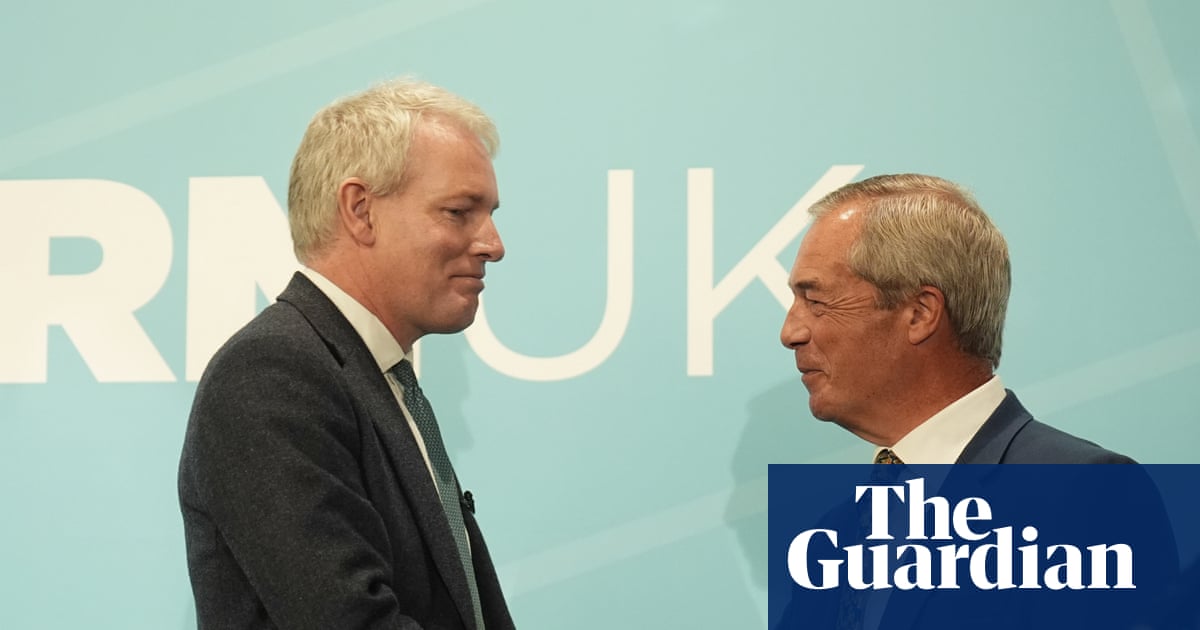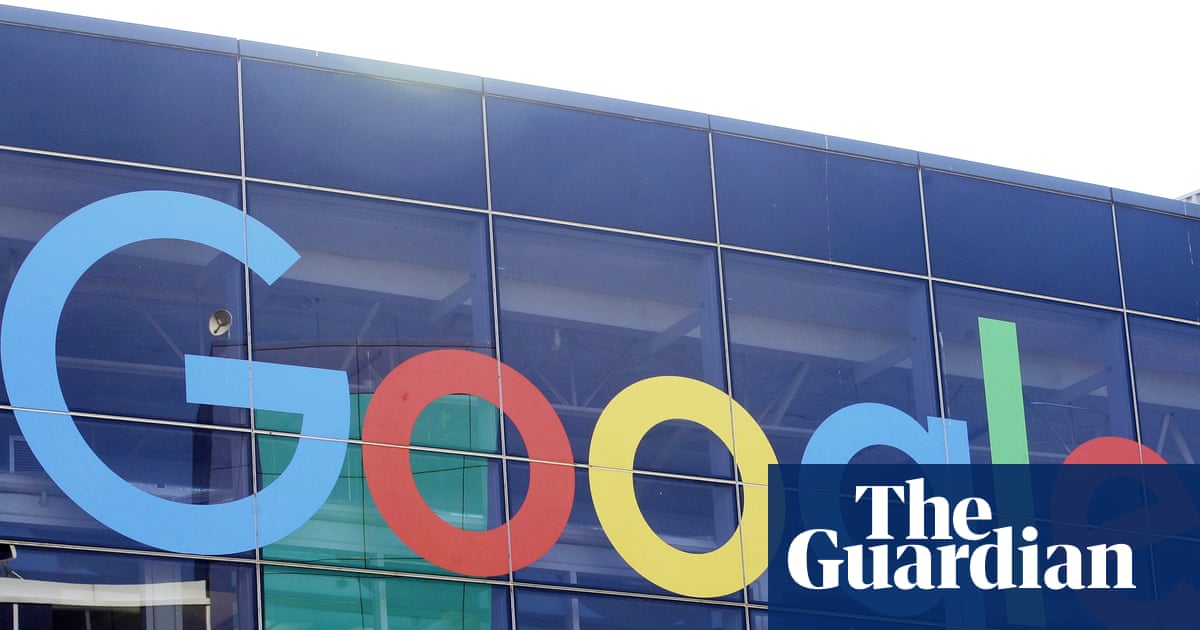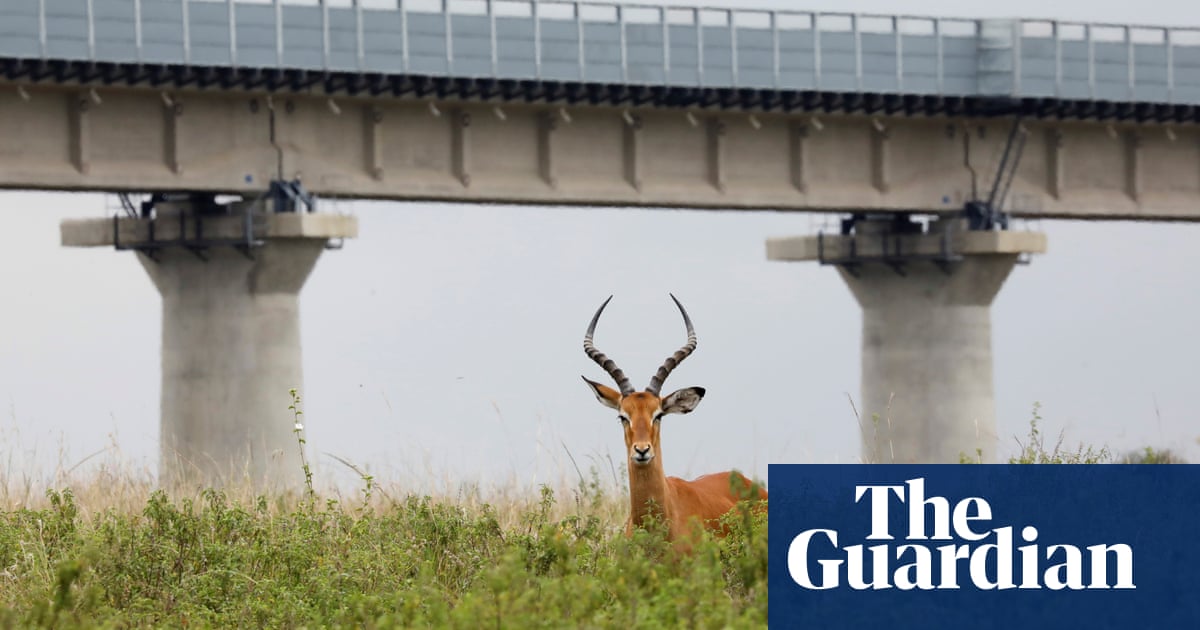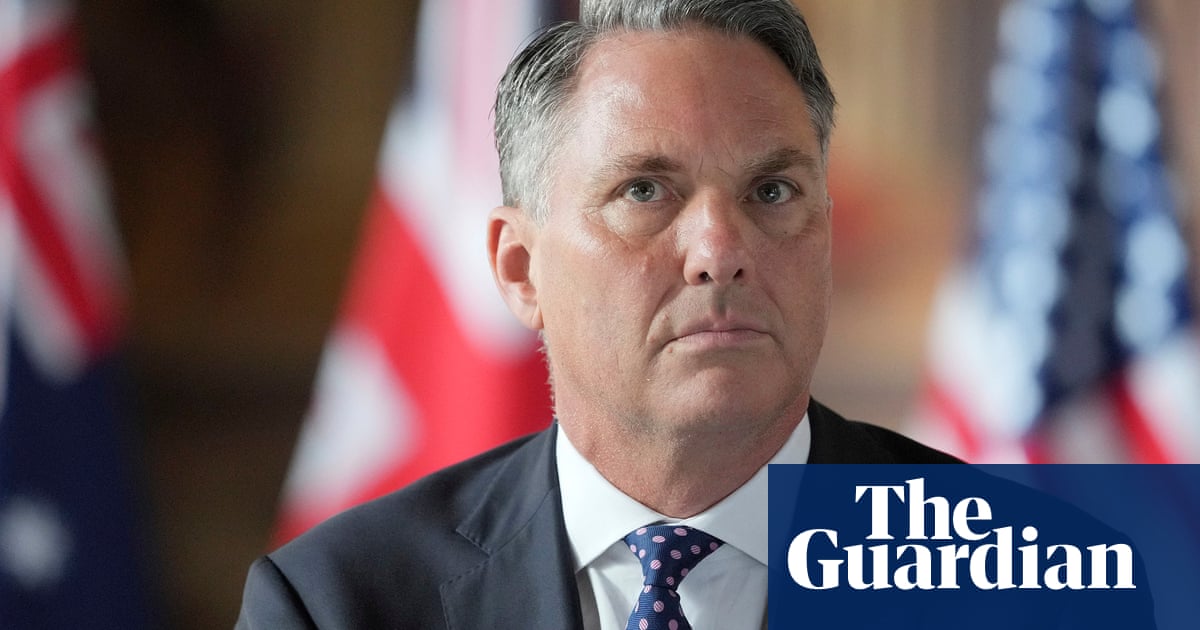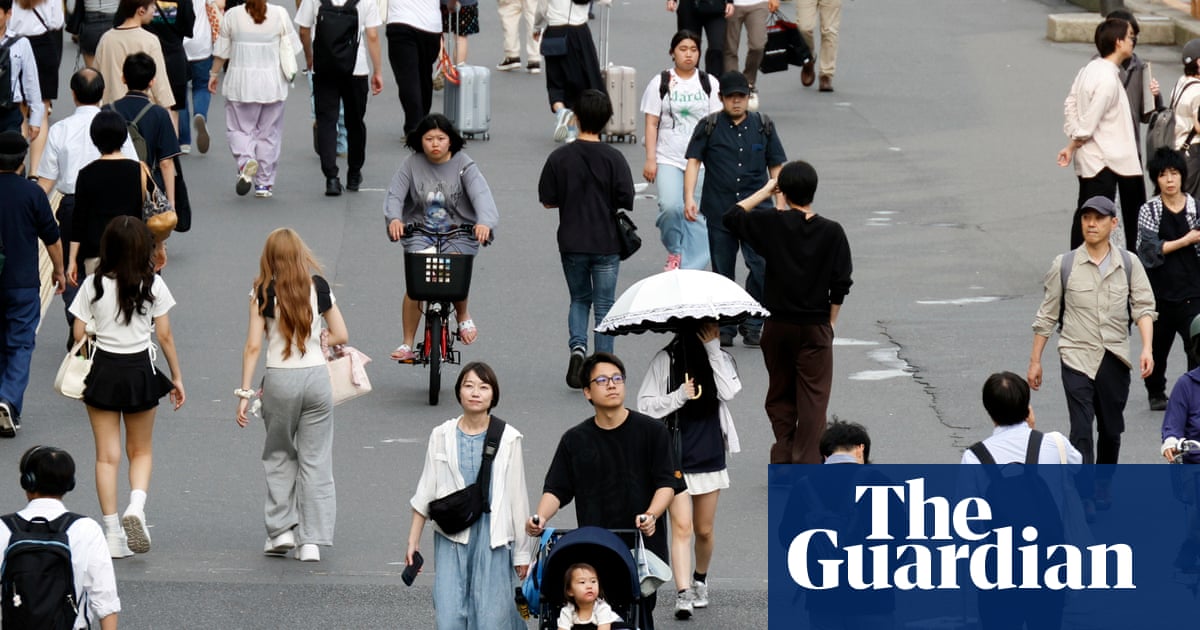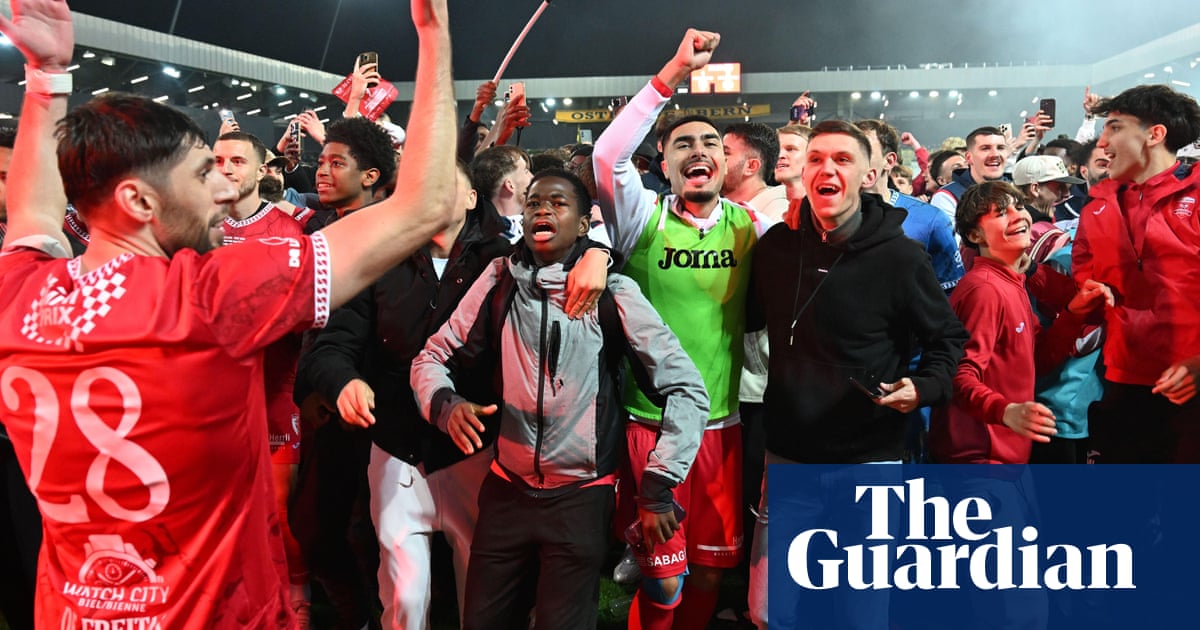At the rarely experienced hour of 6.14am on Sunday, the first train to carry the Great British Railways branding will make its way out of London Waterloo to Shepperton: traversing the Surrey commuter belt emblazoned with a red, white and blue GBR logo, and proudly renationalised to boot.
The next train with the planned state body’s branding may be some years behind it. But the Labour government hopes to grab the moment to demonstrate to an increasingly impatient electorate that the wheels of change – in rail at least – are finally turning.
The first renationalisation, landing on the late May bank holiday weekend, is one of Britain’s biggest commuter services – although the trains, including the one currently getting the GBR paint job in a Bournemouth depot, will still run as South Western Railway for some time. As the first emblem of a potential new era pulls into the station, what does the shake-up mean for the rail industry – and will passengers notice the difference?
How did we get here?
Legislation to bring train operators into state hands barely needed one sheet of A4. The bigger puzzle, in which renationalisation is one crucial piece, is achieving the goal shared by all parties of an integrated railway, where track and train are managed by one directing or guiding mind.
A consultation on the plans to create a dedicated public body only finished last month – about four years after the then prime minister, Boris Johnson, announced his own Great British Railways, with his government declaring an end to a “broken system”. Even that moment was long delayed: the rail review announced after the timetabling fiasco of 2018 promised reform by 2020.
GBR proved not to be, as some once declared, dead, but it does not yet live, after an arduous, costly gestation; a 100-strong “transition team” spent £135m working on the railway’s restructuring before being quietly disbanded in March.

Industry figures insist that Labour, with the ex-Network Rail chair Peter Hendy on the inside as the rail minister, has given fresh impetus to the process despite perceptions of continued drift.
The Department for Transport (DfT) said it was “working quickly” on “fixing the railway with generational reform”, but legislation expected by the summer could slip into the autumn, and it now says GBR will be up and running in new Derby headquarters in 2027 rather than late 2026.
The first steps are yet to be officially announced but Southeastern – nationalised after an accounting scandal in 2021 – is expected next month to become the first regional integrated railway, with track and train becoming the ultimate responsibility of a single managing director in Kent.
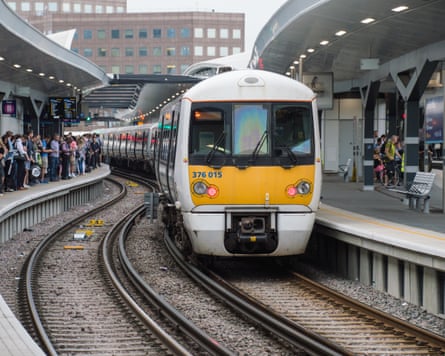
For now, government sources say, GBR is “less of a new organisation than a standard we want railways to meet”. But as the consultation has demonstrated, important questions remain.
Who will be in charge?
Promises to move fast and fix things have not been enough to convince Sir Andrew Haines, the chief executive of Network Rail and the leader of the GBR transition team, to stave off retirement plans. That might improve the optics for those who insist GBR will not simply be a Network Rail takeover of the railway.
Whoever ends up at the helm will want to know how much they are beholden to the government and regulators. Ministers have declared, but not always demonstrated, that they do not wish to micromanage rail; and rail bosses are keen to see the Office of Rail and Road’s remit cut for a different era.
Is open access welcome or not?
Not least among the ORR’s current powers are decisions over “open access” trains, where a competing company sets up new direct trains on a specific, previously unserved route – now seen as the last gasp for private train operations.
Labour has liked to stress that nationalisation is pragmatic not ideological – with a place for open access services, which coincidentally run into “red wall” constituencies. But a slew of applications has led to the transport secretary, Heidi Alexander, sounding a more discouraging note.

Open access trains, such as Grand Central and Lumo, are supposed to stoke new passenger demand and avoid “abstraction” of revenue – or taking ticket money away from the DfT. Senior figures in rail are dubious, but others also suggest that the government should be wary of driving companies such as First Group – a British transport firm running buses and trams as well as trains – completely out of the industry.
How does devolution meet freight?
In the quest to cut carbon, backing rail freight appears a no-brainer – according to Network Rail, one freight train is the equivalent of 76 lorries on the road.
after newsletter promotion
The legislation gives GBR a “duty to promote” rail freight. However, the private freight operators fear for their position when other trains are unified under the controlling brand – particularly if metro mayors can control local lines. Freight shares tracks in London that are now used intensively for Overground services; Andy Burnham, who hopes to take trains into Manchester’s Bee Network, has already spoken of his frustration at freight “trundling” through the city centre.
Will GBR end – or fuel – strikes?
For all the rhetoric over two years of industrial action, the Labour offer that ended strikes was no different from the Conservatives’ in cash terms; only conditions and context.
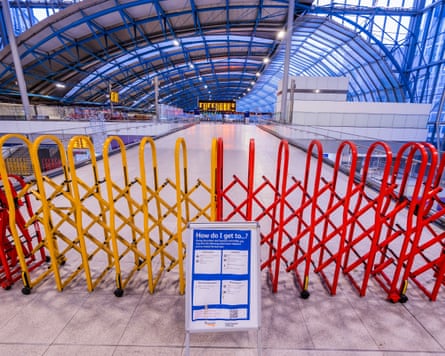
A nationalised railway was a big aspiration of the rail unions. But as the drivers’ union Aslef acknowledges, a fragmented, privatised railway rapidly increased its members’ wages; short-term franchises pushed some operators to poach drivers rather than fully train new ones. How pay rates work out under a single employer remains to be seen. Disputes could spread across the country more quickly in response to attempts to bear down on costs, such as extending driver-only operation of trains – let alone the next pay round.
Will the money keep flowing?
With revenues flatlining and office workers in the south-east, once the bedrock of rail finances, showing no appetite for a renewed five-day commute, taxpayer subsidies have needed to stay high, with roughly £2bn more a year to fund train operations. Next month’s spending review is unlikely to bring good news for the DfT’s budget – let alone for the future of rail infrastructure projects pledged by the previous government, which Alexander has characterised as “promising the moon on a stick”.
The Railway Industry Association has sounded a warning that even the five-year funding settlement that rail counts on could be jeopardised. Labour sources insist GBR should have more long-term funding – but RIA, representing the supply chain, said that a consultation reference to potential “mid-period reductions to funds available” would cause more concern and uncertainty.
Will GBR make things better for passengers?
If a passenger had a pound for every time a minister vowed rail reform would put them first, they could almost afford a walk-up intercity train fare.
Most benefits are indirect. Greater accountability is perhaps the critical change: as Lord Hendy has put it, one person waking up and knowing that they have to fix their bit of the railway. Regional managers will be in charge of track and train, with no one else to blame. An overview of the issues and needs of both sides should improve reliability.

Labour has also promised that a new passenger watchdog, to be created alongside GBR, will have more teeth than the current Transport Focus – or at least bark louder.
Reforming fares should be easier, with a single operator ideally making ticketing less confusing for passengers. But changes brought in under the DfT-owned LNER suggest they will not be universally popular – or protect passengers from the extraordinarily high fares to simply take the next train.
According to the DfT, “public ownership will save taxpayers up to an estimated £150m every year in fees alone.” A state-owned online ticket retailer may recoup a decent slice of the £208m that Trainline made from passengers in Great Britain last year. But right now lowering the taxpayer subsidy may be the focus – and passengers may wait some time until a cheaper railway spells cheaper fares.

.png) 3 months ago
44
3 months ago
44


